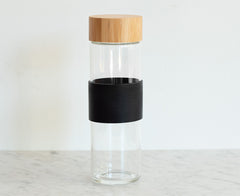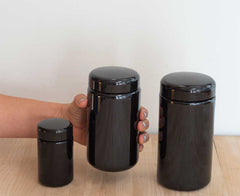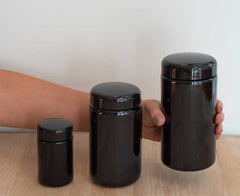The effects of green tea drinking on salivary polyphenol concentration and perception of acid astringency
Author: Karl J. Siebert and Atsushi A. Maekawa and P.Y. Lynn
Samples of dilute HCl intended to result in mixtures with saliva with pH levels below, near and above the level of maximum protein–polyphenol interaction were presented to panelists. Significant differences in astringency were seen, but no evidence of a decline in astringency with stronger acid. Panelists abstained from tea drinking for some time, then drank two or more cups of green tea per day for some days, and finally omitted tea drinking for a period. Salivary polyphenol levels were determined throughout the experiment. Drinking green tea resulted in a highly significant (p < 0.01) increase in salivary polyphenol levels that persisted for some days. Very dilute HCl solutions (0, 0.005, 0.006 and 0.007 N) were presented to panelists before, during and after the period of tea drinking and rated for astringency and sourness. Astringency and sourness intensity ratings increased significantly (p < 0.01) during the period of tea drinking. It appears that there is a metabolic pool of polyphenol that is influenced by dietary habits. It appears likely that the salivary polyphenol level influences perception of astringency caused by acids.



